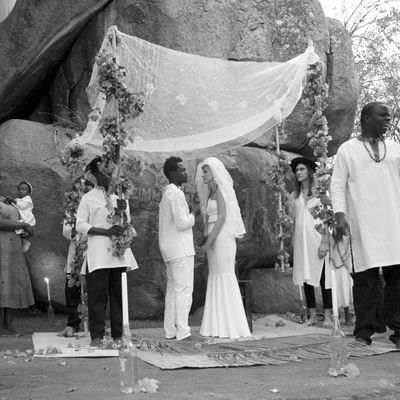
Rachel Monosov and Admire Kamudzengerere are an interracial couple living on two separate continents: TK and TK, respectively. Last year, when Rachel visited Admire in Harare, Zimbabwe, the two were married by a shaman in a traditional Zimbabwean ceremony. Now, at the Catinca Tabacaru Gallery in New York, the artists’ exhibition “1972” is on view, documenting the couple’s wedding and imagining their subsequent life together in Harare – if they weren’t apart.
I take a seat in the Lower East Side gallery as “1972” is getting installed. Photos of a blonde woman hang on the walls. Scenes of her wedding in Zimbabwe, under a chuppah, in front of a house, with her husband and kids, surround me. I turn to the same woman, who is sitting next to me in the gallery. She is brunette now, and there is no ring on her finger.
“Are you and Admire married?” I ask Rachel, the artist behind the exhibition and the woman in the photos. “It depends from which point of view you’re looking at,” she answers. “In Zimbabwe, if you’re married with a shaman, you’re married. Your soul, your ancestors are connected and it’s a bond forever.” Yet there are no legal documents, no tax breaks to speak of.
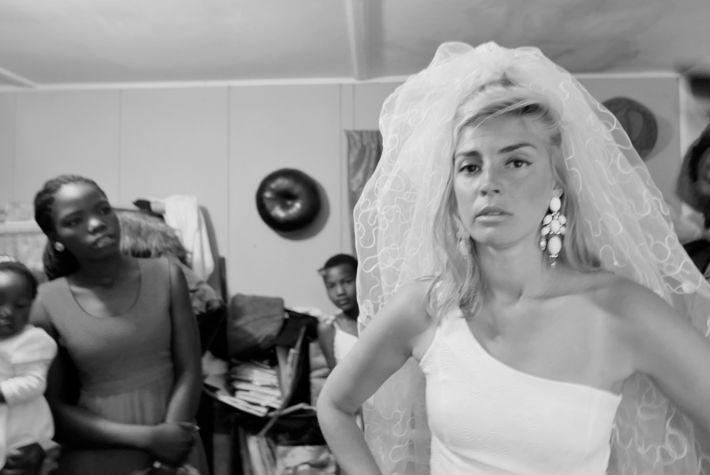
Rachel, a 31-year-old artist born in St. Petersburg, raised in Jerusalem, and now living in Berlin, loves to explore the line between fact and fiction. In the photos, Rachel stands alongside Admire as they depict scenes from their life together. All of these events happened, but none of them did. Rachel insists this is not staged photography, it’s documentation. These are archival photos from Harare in 1972, they just happen to be made in 2017.
The idea for the series came to Admire and Rachel when the two recently visited the national archives of Zimbabwe. “A lot of questions came up, like, Who took these photos?” said Rachel. “What did they choose to show and what is this point of view? Is it Zimbabwean? Is it British? Who is behind the camera and what are they trying to represent or reveal at this time?”
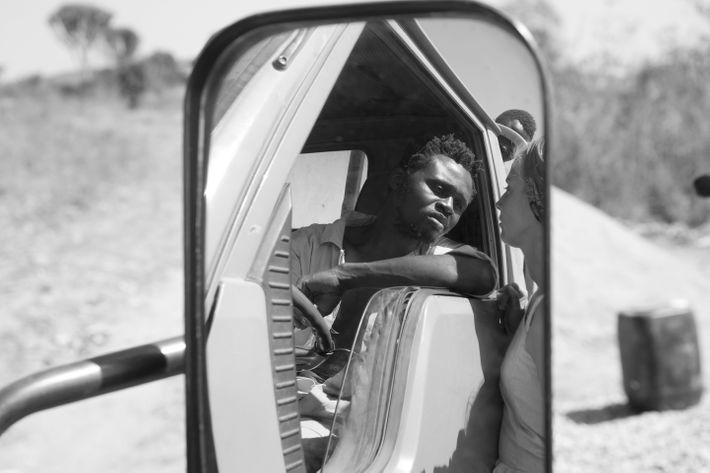
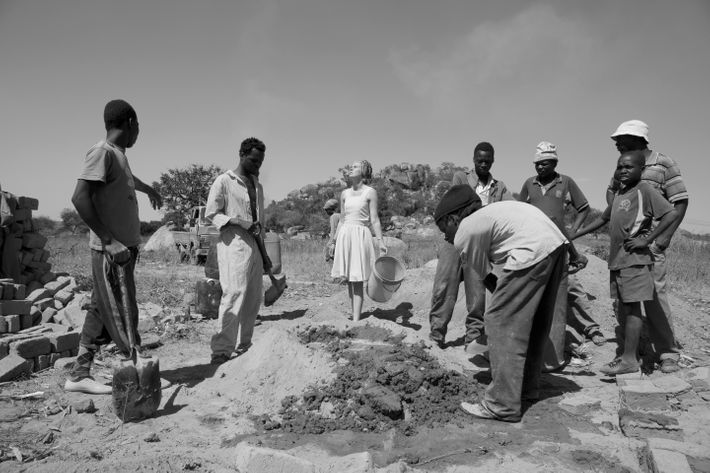
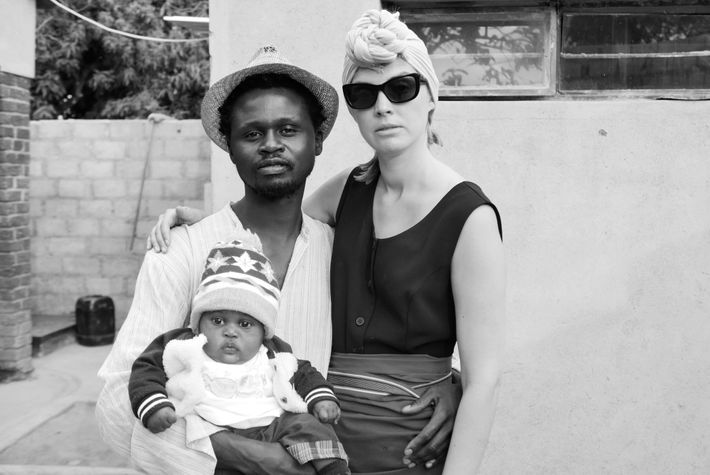
The two artists decided to make their own set of archival photos, choosing 1972 as their setting. Back when the country was still called Rhodesia and when the guerrillas of the Zimbabwe African National Liberation Army initially attacked, starting the Rhodesian bush war. It was a time of great racial unrest, and interracial marriage was still illegal. “We took the most problematic moment in history, and we’re changing it and saying, this existed as well,” said Rachel.
Rachel wants the viewer to question everything. Usually, a photo means fact: A wedding happened, a photo was taken, the married couple exists. The works’ descriptions can’t be trusted either. Rachel and Admire got the information for the images’ captions from Wikipedia. “I think this is something we live with now,” Rachel said. “We learn about other cultures, but we don’t know if this information is true or not because we’re not doing enough research, so a lot of time we are learning false facts.”
As I leave the gallery, I ask Rachel one last time about the state of her relationship with Admire — is it real?
“We will hold a place for each other in our hearts forever,” she replies. “I think that answers the question.”